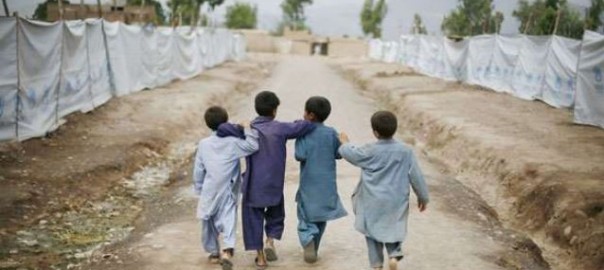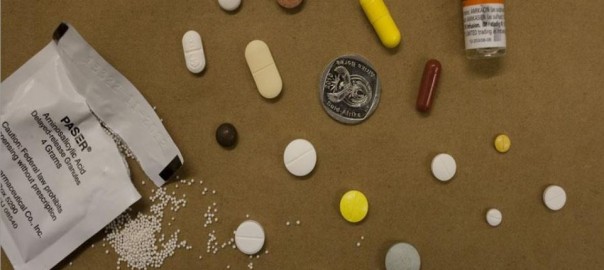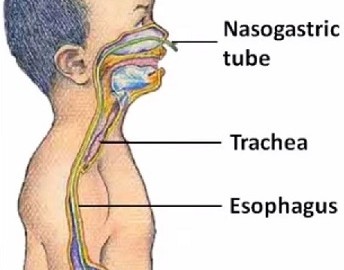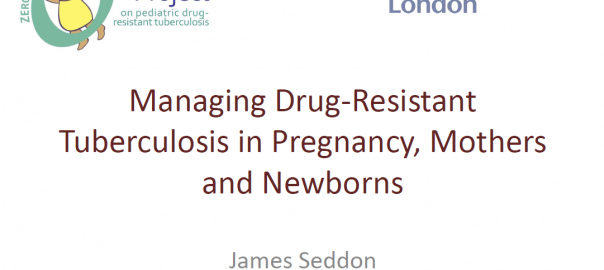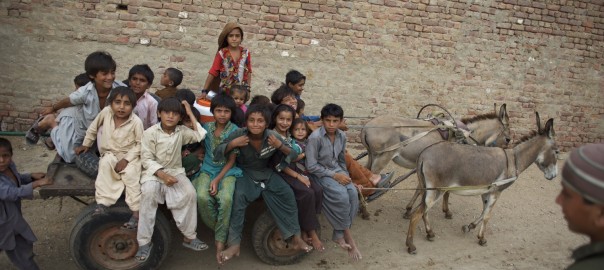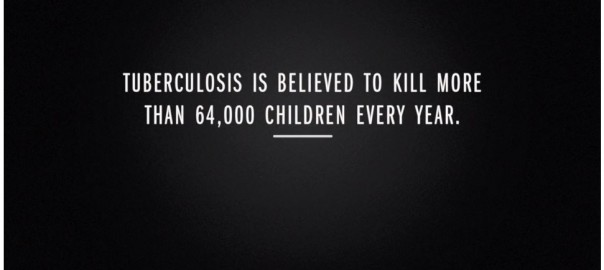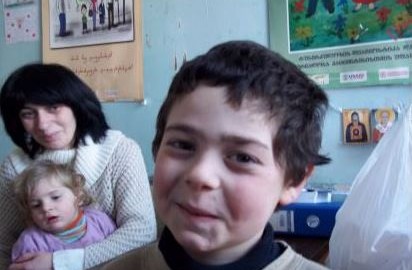44th Union World Conference on Lung Health, 30 October – 3 November 2013, Paris, France
Workshop sponsored by The Stop TB Partnership
Description
Prevalence surveys are important for measuring the burden of, and trends in, TB disease. With these data, national tuberculosis programmes (NTPs) can assess the impact of their efforts,and identify the reasons why cases may not have been diagnosed. This information can then be used to identify strategies for improving the rate of case detection, attaining more timely diagnosis, and providing better treatment. However, the majority of countries continue to not include children less than 15 years of age in their national surveys of TB disease, even though they constitute approximately a third of their population.
This symposium was targeted at health policy-makers, public health officials, epidemiologists, technical advisors, patient advocates, implementers, clinicians (physicians, nurses, physiotherapists, respiratory therapists), and researchers. Its objectives were to:
1. Review the history of TB prevalence surveys that included children and the measures taken to accomplish this.
2. Review the epidemiologic science, the tools, and the related ethical considerations, for including children.
3. Review the implementation science for measuring TB burden in children, in resource-limited and -rich countries.
4. Review the reasons why the inclusion of children in national TB prevalence surveys has not been recommended.
5. Promote discussion on the inclusion of children in national prevalence surveys of TB disease.
Presentations
1. Importance and history of measuring the burden of TB disease in children
Peter Donald (South Africa)
2. The epidemiological science for measuring the burden of TB disease in children
Annelies Van Rie (USA)
3. The implementation science for measuring the burden of TB disease in children
Anneke Hesseling (South Africa)
4. Current recommendations and supportive efforts of the WHO for measuring the burden of TB disease in children
Babis Sismanidis (Switzerland)
5. Potential solutions for overcoming the challenges in measuring the burden of TB disease in children
Jeffrey Starke (USA)
6. Round-table discussion: how should countries measure their burden of TB disease in children?
Elizabeth Gardiner (USA)
Coordinators: Carlos Perez-Velez (USA), Soumya Swaminathan (India)
Chairs: Steve Graham (Australia), Carlos Perez-Velez (USA)
